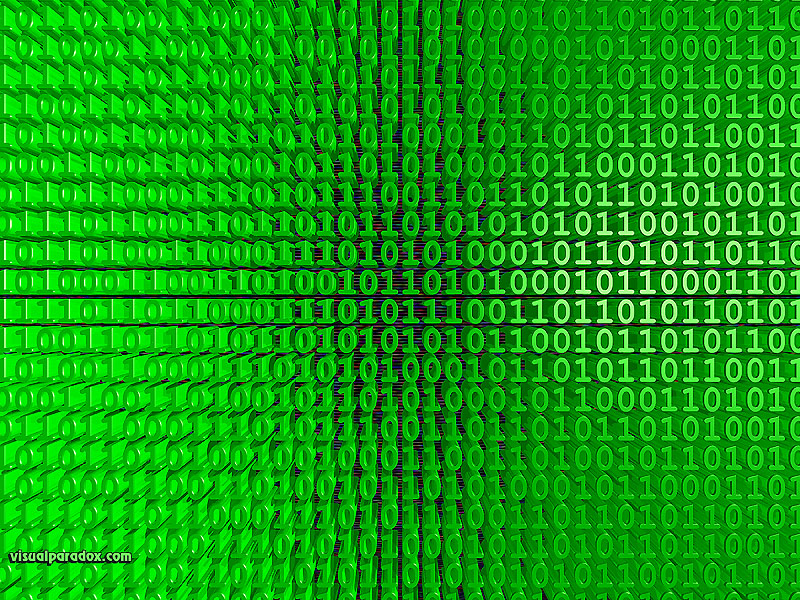Binary Was Used 600 Years Ago by the Polynesians
2013.12.18
The invention of binary is credited to German mathematician Gottfried Leibniz in the 18th century, but it turns out, the Polynesians may have been the first to use it. And this goes as far back as 600 years ago.
According to a team of researchers from the University of Bergen in Norway, they've been analyzing historical records from Mangareva - the volcanic island in the Polynesians. The first settlers arrived there around 500-800 AD. Their inhabitants used a basic form of binary.

Only 600 Mangarevan speakers now remain, but researchers were able to reconstruct many of the texts they found using the descriptions written in the nineteenth and early twentieth centuries to find the usual base 10 form of counting was combined with a form of binary in Mangareva.
But how could a small community like that come up with such a complex number system? While they may have used the system as far as 600 years back, they may not be the first. And we'll probably never really know who was. [Proceedings of the National Academy of Sciences via Nature]
According to a team of researchers from the University of Bergen in Norway, they've been analyzing historical records from Mangareva - the volcanic island in the Polynesians. The first settlers arrived there around 500-800 AD. Their inhabitants used a basic form of binary.

Only 600 Mangarevan speakers now remain, but researchers were able to reconstruct many of the texts they found using the descriptions written in the nineteenth and early twentieth centuries to find the usual base 10 form of counting was combined with a form of binary in Mangareva.
They had number words for 1 to 10, and then for 10 multiplied by several powers of 2. The word takau (which Bender and Beller denote as K) means 10; paua (P) means 20; tataua (T) is 40; and varu (V) stands for 80. In this notation, for example, 70 is TPK and 57 is TK7. Bender and Beller show that this system retains the key arithmetical simplifications of true binary, in that you don't need to memorize lots of number facts but follow only a few simple rules, such as 2 × K = P and 2 × P = T.
Some researchers have suggested that the roots of this counting system could be traced back to a millennia-old Chinese text that inspired Leibniz, though the link is far from clear.But how could a small community like that come up with such a complex number system? While they may have used the system as far as 600 years back, they may not be the first. And we'll probably never really know who was. [Proceedings of the National Academy of Sciences via Nature]
More Articles
Copyright © Fooyoh.com All rights reserved.